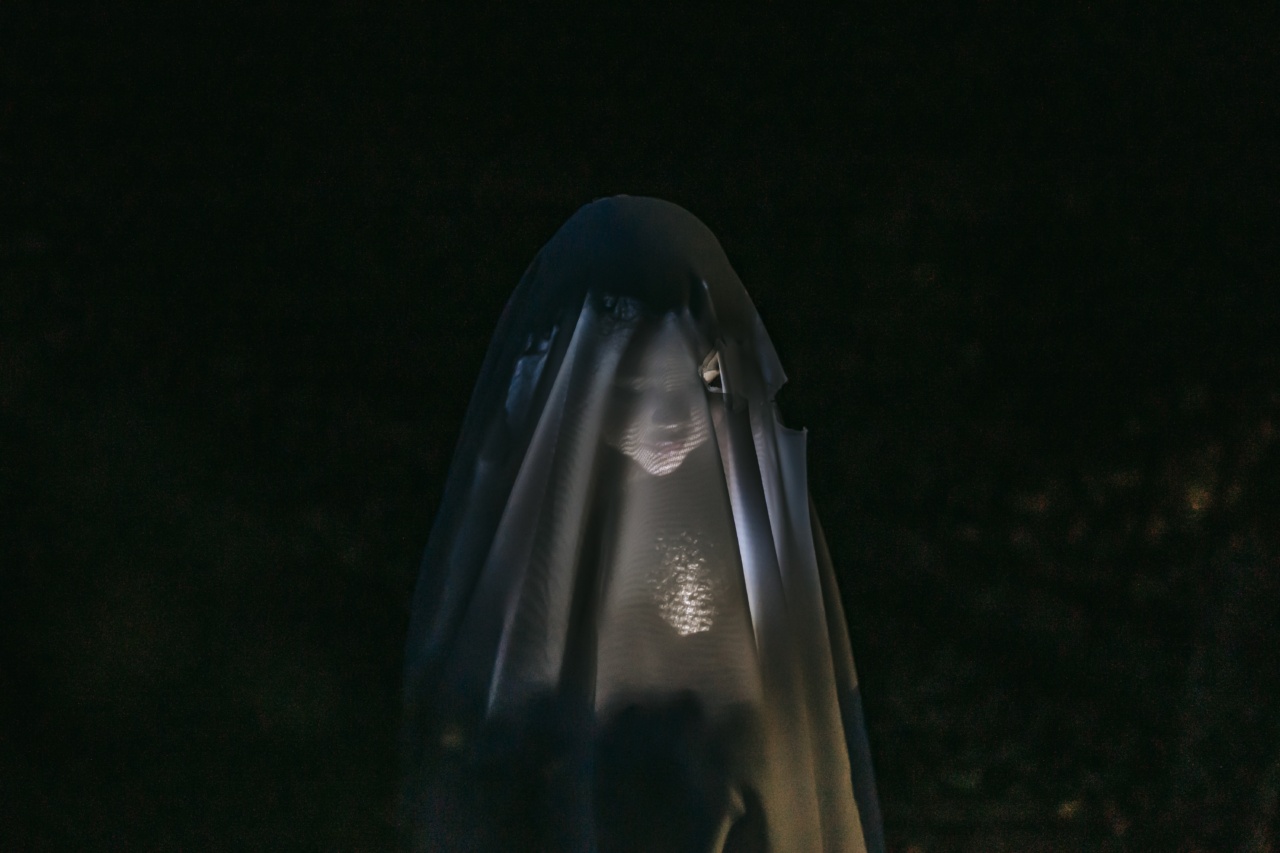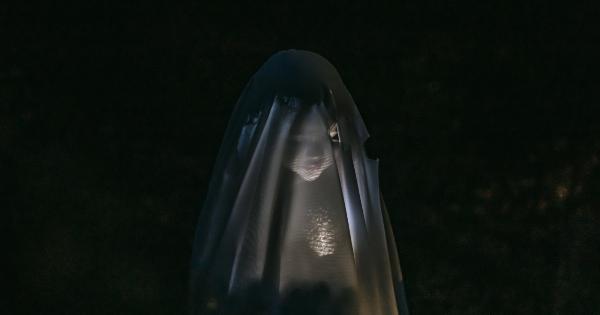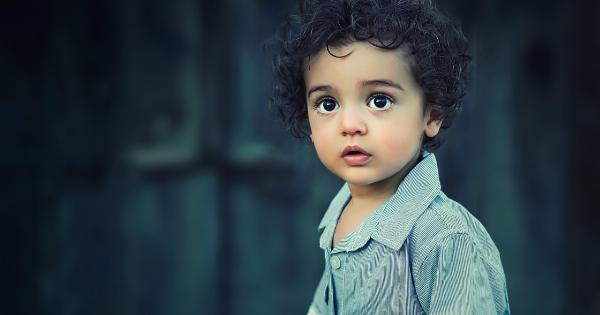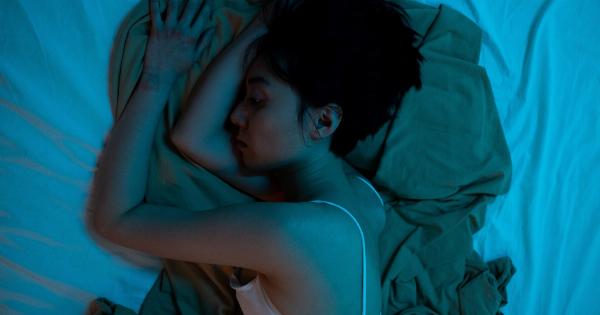Children are particularly vulnerable to the impact of horror images due to their developing minds and lack of emotional maturity.
Experts unanimously agree that exposure to horror images can have detrimental effects on a child’s mental health and overall well-being. In today’s digital age, where such images are easily accessible, it becomes more crucial than ever to protect children from this disturbing content.
This article will delve into the reasons why experts strongly advise against exposing children to horror images, exploring the potential consequences and offering alternative strategies for ensuring a healthy and safe environment for their development.
The Effects of Horror Images on Children
Children’s minds are highly impressionable, and they often struggle to distinguish between reality and fiction. When exposed to horror images, their imaginative minds can become overwhelmed with fear and anxiety.
These distressing emotions can significantly alter a child’s mental state and have long-lasting consequences.
1. Trauma and nightmares: Horror images can leave a lasting impact on a child’s psyche, potentially leading to traumatizing experiences.
Nightmares and sleep disturbances are common occurrences after exposure to such imagery, disrupting a child’s rest and overall well-being.
2. Emotional distress: Children may experience intense fear, anxiety, and confusion when confronted with horror images.
Their young minds may struggle to process these emotions, leading to emotional distress that can manifest in various forms like withdrawal, mood swings, and even aggression.
3. Developmental setbacks: Exposure to horror images can hinder a child’s cognitive and emotional development.
It may impact their ability to discern right from wrong and contribute to a skewed perception of the world, distorting their understanding of empathy and compassion.
4. Desensitization: Consistent exposure to horror images can desensitize children to violence, gore, and disturbing content.
This desensitization can be dangerous, as it may lead to decreased empathy, diminished moral values, and even an inclination towards violent behaviors.
The Negative Impact on Mental Health
Children already face numerous challenges in their formative years, and exposure to horror images can exacerbate existing mental health issues or contribute to the development of new ones.
1. Anxiety disorders: Anxiety disorders are among the most prevalent mental health conditions in children, and exposure to horror images can intensify these disorders.
The constant fear and anxiety associated with such exposure can lead to generalized anxiety disorder, phobias, and panic disorder.
2. Post-Traumatic Stress Disorder (PTSD): Children who experience traumatic events due to exposure to horror images may develop PTSD, a debilitating condition characterized by flashbacks, nightmares, and emotional distress.
This disorder can have long-term implications and significantly impact a child’s quality of life.
3. Depression: Horror images can trigger feelings of sadness, hopelessness, and despair in children, potentially leading to depression.
Children may withdraw from social activities, display changes in appetite and sleep patterns, and struggle with low self-esteem.
Alternative Strategies for Protecting Children
Considering the potential harm horror images can inflict upon children, it is vital for parents and caregivers to take proactive measures to shield them from such content.
Here are some effective strategies to protect children and promote their healthy development:.
1. Parental control settings: Utilize parental control settings on various devices and platforms to restrict access to horror content.
These settings often allow customization according to different age groups, providing an added layer of protection.
2. Screening content: Prioritize age-appropriate content and carefully screen movies, TV shows, and video games before allowing children to watch or play them.
Websites and guidebooks that provide content ratings can be valuable resources for parents.
3. Open communication: Establish an environment of open communication with children, where they feel comfortable discussing their concerns and fears.
Encourage them to share if they have encountered disturbing images and reassure them that you will address the issue together.
4. Supervision and monitoring: Monitor children’s online activities and usage of digital devices.
Engage in their online experiences by participating together in age-appropriate activities and recommending educational and entertaining alternatives.
5. Media literacy education: Teach children about the concept of media literacy, helping them understand the difference between fictional and real-world events.
This education empowers children to critically analyze, question, and evaluate the content they come across.
6. Encourage creative alternatives: Foster children’s creative abilities and provide them with alternative outlets for self-expression.
Encourage hobbies such as drawing, painting, storytelling, or engaging in imaginative play, redirecting their focus towards positive and constructive activities.
The Importance of a Safe and Supportive Environment
Cultivating a safe and supportive environment for children is paramount in ensuring their healthy development. Shielding them from horror images promotes emotional well-being and helps in nurturing their innate curiosity and imagination.
Here are some additional measures to create such an environment:.
1. Establishing routines: Enforce consistent routines that provide children with a sense of stability and security. Regular meal times, sleep schedules, and dedicated family time promote feelings of safety and reassurance.
2. Positive role modeling: Be mindful of your own media consumption habits and ensure that you are modeling responsible behavior regarding exposure to horror images.
Children often mimic their parents’ actions, so setting a good example is crucial.
3. Nurturing strong relationships: Foster healthy relationships within the family and community, providing children with a support system that encourages open communication and emotional well-being.
Spending quality time with children and actively listening to their concerns helps them feel valued and understood.
4. Seeking professional help: If a child exhibits signs of significant distress or mental health issues as a result of exposure to horror images, it is crucial to seek professional help.
Mental health professionals can offer guidance tailored to the child’s specific needs and facilitate their healing process.
Conclusion
Experts unanimously agree that exposing children to horror images is detrimental to their mental health and overall well-being.
The potential consequences, ranging from trauma and developmental setbacks to long-term mental health issues, highlight the importance of taking proactive measures to protect children from such content. By implementing effective strategies, fostering a safe and supportive environment, and encouraging open communication, we can ensure that our children grow up in a healthy, secure, and imaginative world.































